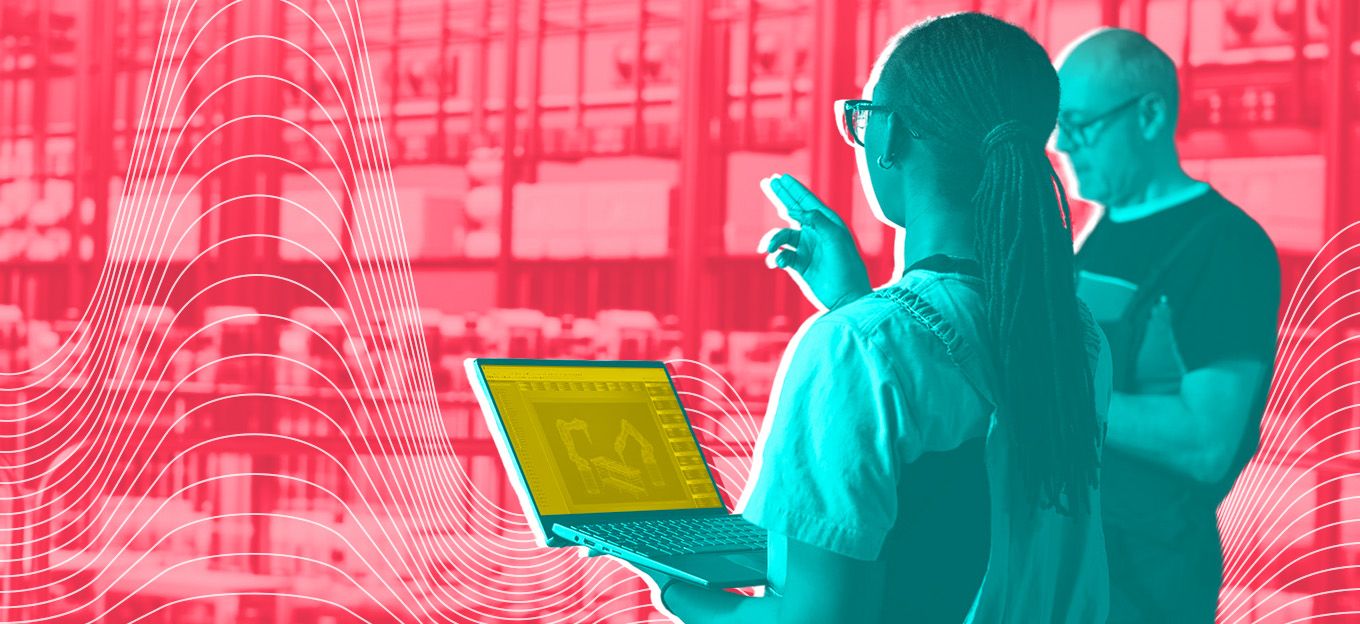Digital Twins vs. Building Information Modeling (BIM)
Digital Twins vs. Building Information Modeling (BIM)
- Last Updated: April 19, 2025
ThoughtWire
- Last Updated: April 19, 2025



Digital twins have fast become the go-to for creating robust data models about all aspects of a building or city at the various stages of its lifecycle. But what's the difference between a digital twin and Building Information Modeling (BIM) software?
Understandably there has been confusion within the industry about how to differentiate these two important technologies. The confusion in large part comes down to the emphasis of BIM software on physical space represented digitally and Digital Twin’s early definition, a digital replica of a physical object or space. The key difference lies in how each technology is used. Digital Twins are best used for building maintenance and operations while BIM is best used for construction and design.
What is Building Information Modeling?
Let’s start with BIM. Like Digital Twins, BIM has been around since the 1970s. It began as many software projects do - through research! Early researchers like Chuck Eastman began using the term “Building Description System” before it became BIM. Also, like Digital Twins, it didn’t hit the mainstream for a few more decades when the likes of Autodesk, Bentley Systems, and others began popularizing it in the early 2000s.
The primary goal of BIM in its early research days still holds true. The founding fathers of BIM hypothesized that such a system would be important to contractors of large projects for both a visual and quantitative model of the build. They also figured it would be useful for materials ordering and scheduling.
The early hypothesis for BIM holds true. Even today, leading providers of BIM software appeal to AECs (architects, engineers, and contractors) by explaining the cost-saving benefits of having a central point of building reference in a 3D digital model. This model makes it easier to collaborate and recalibrate design during in-flight projects. Its benefits include lowering the risk of projects through a reduction in errors, better timelines, and budget management. It sounds quite comprehensive, similar to the Digital Twin, yet they differ in a few key aspects.
BIM Vs. Digital Twins
1. BIM Is For Design and Construction
BIM is tuned for collaboration and visualization during design and construction, not operations and maintenance. As mentioned above, the intent of BIM is not to create a living breathing model of an operational building but to help architect and construct the building.
The focus of BIM software has been to create a collaborative design and build process that visualizes the physical and functional aspects of a building. Visualization in the design and prototyping phase of a new build has been essential for AECs to understand spatial relationships. Unlike a Digital Twin, this physical information model is tuned for buildings in flight, not ones occupied and utilized daily.
"Building Information Modeling focuses on a building's design and construction. A Digital Twin represents how people interact with built environments."
-ThoughtWire
2. BIM Isn't Designed for Real-Time Operational Response
Digital Twins are quickly being recognized as the most valuable part of a building's tech stack - it's a comprehensive picture of your built environment in real-time. A Digital Twin can give you information about the current state of build subsystems, how they're being impacted by occupant behavior when assets like HVAC or lighting might fail, and much more. It's a model that evolves to deliver more value with each new stage of the asset's lifecycle. BIM is a key data input for any Digital Twin, but BIM alone cannot answer the operational questions facility managers may have about optimizing operations.
3. BIM Focuses on Buildings Rather Than People
According to Gartner, the next evolution of the Digital Twin will see Applications moving beyond just assets to include entire organizations or the Digital Twin of an Organization (DTO). This means people, processes, and behaviors will also be important data sources that give Digital Twins even more context about the built environment.
If trends in CRE continue to gravitate towards understanding occupants and competing on workplace experience, the Digital Twin will certainly supersede BIM software even at the design and build phase of an asset's lifecycle. As we begin to build things with people and flexibility in mind, our building information models will also need to evolve to include behavior patterns of people and space design that accommodates their wellness. Again, BIM alone cannot achieve these outcomes.
Originally published June 24, 2020. Updated February 1, 2023.
The Most Comprehensive IoT Newsletter for Enterprises
Showcasing the highest-quality content, resources, news, and insights from the world of the Internet of Things. Subscribe to remain informed and up-to-date.
New Podcast Episode

Moving Past the Pilot Phase in IoT and AI
Related Articles





